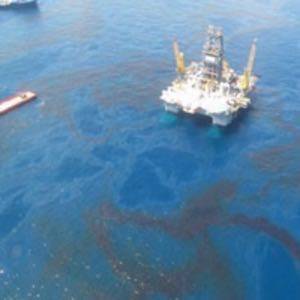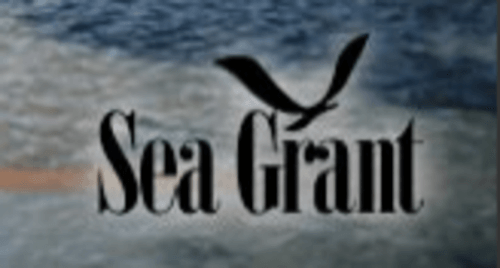The BP oil spill in the Gulf of Mexico, from April 20 to July 15, was probably the disaster most extensively covered online. BP itself launched a social media channel for it. Oilholic let you track the spill as it spread, as did NOAA. The White House answered spill questions via YouTube.

But what about the aftermath? “Out of sight, out of mind” doesn’t work for the inhabitants of the Gulf. Or anyone else who likes, say, water. So we hunted down some resources for those who wisely do not think, or unfortunately personally know, that it’s not over.
National Geographic. NatGeo has mapped the economy of the oil spill. This interactive map sets out the data that defines where geology and ecology meet the flow of money. It includes over 4,000 offshore oil platforms and the thousands of miles of pipelines.

Project Gulf Impact. This site is social media-rich, with re-posting buttons, feeds, a Twitter account, video and more. Its mission is precisely to “document the economic, environmental and human health impacts of the Deepwater Horizon oil spill.” Its founders all took hiatuses from their work, Gavin Garrison and Heather Rally from academics and Matt Smith from acting, to run the project. It is one of the most robust of the post-spill sites in terms of content, outreach and ambition.
Coastal Heritage Society of Louisiana. Based in coastal Plaquemines Parish, one of the most affected area of the Gulf Coast, the goals of the CHSL are to “protect the culture and heritage of coastal Louisiana,” which explicitly includes helping the area’s families with food, utilities and medical assistance for the duration of the crisis and its aftermath. Forums and a Facebook page provide conversation and mission extension.

NOLA.COM Oil Spill Gulf of Mexico 2010. The New Orleans Picayune newspaper found new life during Hurricane Katrina and its aftermath, keeping reporters on-scene and the (news) joint jumping online. So it should come as no surprise that they have done the same with the BP spill. The first published piece in this special section was a story on Representative Charlie Melancon’s Huffington Post blog, on April 30. The last one was published this morning, on estimates as to how much oil remained in the gulf.
Articles by a crack staff, each with a comment field, photographs, graphics and video documented the spill and continue to document the aftermath.
The Gulf of Mexico Sea Grant Programs – Oil Spill in the Gulf of Mexico. The Sea Grants are an academic institutional program based on the old land grant university system. The four Sea Grant institutions do “research, outreach and education to foster understanding, wise use and stewardship of coastal and marine resources” in the five Gulf states.

Their oil spill site, leveraging their institutional work and know-how, is an exhaustive and recently-updated resource for information ranging from fisheries closures in Alabama to business loss claims in Mississippi to stress to the ecology of oil.
RestoreTheGulf.gov. The U.S. government’s spill site is a good source for official government information, including such stunners as “Federal Interagency Group Issues Peer-Reviewed ‘Oil Budget’ Technical Documentation.” The site uses posts, photography, video, maps, data, PDFs, Twitter and Facebook to keep communications open to affected citizens and those interested in keeping track of government and other actions in the Gulf.

Because it is a government publication, it might be a good resource for those who don’t speak English or speak it as a second language. It offers information in Spanish, Korean, Russian, Thai, Croatian, Lao, Cambodian, French and Haitian Creole. They’re cool like that.
Additional resources are available on the oil spill section of the Crisiswiki. If you, like us, are a water-liker, and have been tracking the aftermath, what sites or tools have you used? Thanks to Biloxi’s Kimberly Denz and New Orleans’s Karen DaltonBeninato for their suggestions.

















